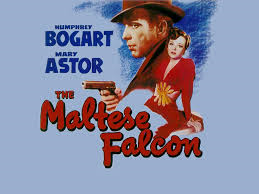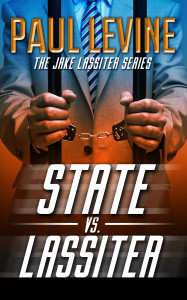By Paul Levine
At a conference recently, I was asked, “Do you write mystery novels or thrillers?”
“Yes,” I answered with a smile.
Okay, it’s a wise ass reply. There are discernible differences between the two genrea. As Wikipedia succinctly explains, the thriller hero must stop the villain’s plans, rather than uncover a crime that has already happened. The latter situation is, of course, the setup for classic mystery novels.
By the time Hercule Poirot or Miss Marple or Columbo or Jessica Fletcher appears on the scene, the murder has been committed, the mystery is underway, and the heroes use their powers of detection to nail the killer.
Mystery Novels Raise Questions
So, “The Maltese Falcon” and “Gone Girl” are mystery novels. There are questions to answer. In “Falcon,” who shot Sam Spade’s partner and why are people willing to kill to get that black bird?
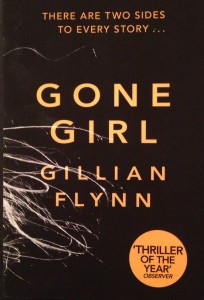
In Gillian Flynn’s runaway bestseller “Gone Girl,” why did Amy Dunne go missing? Did her husband kill her? And…oh, wait! I can’t ask the next question, because as with many mystery novels, there’s a huge TWIST halfway through, and I won’t spoil either the book or movie for you.
Mystery Novels Are Puzzles
Mystery novels are often puzzles that are solved by the hero discovering the identity of the villain…and hopefully bringing him/her to justice. But there are sub-genres. The “closed mystery” or “whodunit?” conceals the identity of the villain until late in the story, while the “open mystery” reveals the perpetrator committing the “perfect crime” at the beginning, forcing the hero to figure it out at the end. Columbo, anyone?
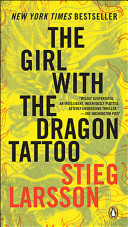
In thrillers, the hero and the reader generally know the identity of the villain. Often, there are chases, explosions of violence, and a “ticking clock” race against time. The hero is often in danger, as are people he cares about. “The Girl with the Dragon Tattoo,” “Strangers on a Train,” “The Silence of the Lambs,” and “The Day of the Jackal” are all thrillers…but all also have elements of mystery. In “…Tattoo,” a mystery is at the heart of the story. What happened to the missing teenage girl nearly 40 years ago? But the action of the story is the hallmark of the thriller.
Mystery Novels and Thrillers Overlap
All of which brings up an important point. There is much overlap in these definitions.
So, back to the question at that panel…where do I fit in? I’m going to be as evasive as a shady witness on the stand. I prefer the broad category that labels me a writer of “crime fiction.” In fact, that’s where you’ll find me in Wikipedia, (alphabetically) just after Elmore Leonard and before Laura Lippman. And that’s a very fine place to be.
But then Wikipedia also says I’m a thriller writer and a mystery writer…alphabetically just after Gaston Leroux. Who? He wrote “Phantom of the Opera.”
To make matters more confusing, I write “legal thrillers,” which combine elements of mystery novels –who’s the murderer and will he/she be convicted? — with the classic thriller that places the hero in jeopardy.
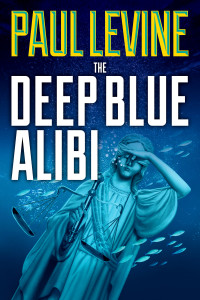
My legal thrillers clearly overlap the boundaries I’ve described. How else to explain that they’ve been nominated for the International Thriller Writers Award (“The Deep Blue Alibi”), the Edgar Allan Poe (crime fiction) award (“Kill All the Lawyers”), the Shamus (private detective) Award (“State vs. Lassiter”) and even the James Thurber humor award. (“Solomon vs. Lord.”)
So, bottom line…don’t worry about labels. Read what you enjoy. Mystery, thriller, or the Dead Sea Scrolls, which are pretty mysterious, too. Until next time…

